Tallgrass prairie once covered one hundred forty-two million acres. Today, only one percent of the North American prairies still exist.
Prairies evolved with North America’s Midwest climate and wildlife over centuries. The extensive roots of native prairie plants channel water and nutrients deep into the soil. These roots help reduce stormwater erosion and improve water quality. Prairie plants provide habitat for many birds, pollinators, and other small wildlife.
Full sun, low-height grasses and sedges, and long vistas characterize prairies. With less than 10% trees, the prairie landscape emphasizes bold shapes. Perennial wildflower drifts and woody shrubs masses can create seasonal diversity. Prairies can be dry, moist, or wet.
A prairiescape can be a cost-saving alternative to broad lawn expanses and rights-of-way. Once established, prairies need little maintenance and are long lasting.
Buy Online
| BOTANICAL NAME | COMMON NAME |
|---|---|
| Aster novae-angliae | new england aster |
| Baptisia australis | blue false indigo |
| Echinacea pallida | pale purple coneflower |
| Echinacea purpurea | purple coneflower |
| Eryngium yuccifolium | rattlesnake master |
| Liatris pycnostachya | blazing star or gayfeather |
| Monarda fistulosa | wild bergamot |
| Ratibida pinnata | grey-headed coneflower |
| Rudbeckia hirta | black-eyed susan |
| Vernonia fasciculata | prairie ironweed |

